I had the great pleasure of joining Winging It, the 4-H club at Sheriff’s Meadow Foundation, for a tour of Quansoo Farm on June 10. We found 20 species and talked about using paperback and digital field guides to identify birds, while cautioning them that the digital guides suggest possible species and do not confirm their identity. I was impressed with how much they already knew. It was especially fun for me because a 4-H club in Ohio introduced me to birding when I was in fifth grade.
Three new species were reported this week. Each of them are known for their later northward migrations.
David Benvent spotted the first sooty shearwater of the year. It was seen over the ocean off Quansoo on June 7, after its long migration from the Argentina and the Falkland Islands. Remember last summer’s shearwater show, when there were lots of shearwaters all around the Island? Hopefully, that show will repeat itself again this summer.
There were three sightings of saltmarsh sparrows, the secretive little brown job that nests in salt marshes across the Island. On June 8 Shea Fee found one near Dike Bridge; on June 9 David Benvent saw one in the marshes at the southern end of Sengekontacket Pond; and on June 11 Dana Bangs discovered one at the Caroline Tuthill Preserve. Matt Born finally spotted a black-billed cuckoo along Clay Pit Road in Aquinnah on June 10. I say “finally” because we have already had multiple reports of yellow-billed cuckoos. I am not sure whether any of them were seen, but their songs are very distinctive.
But now it is nesting season and there are many reports of evidence confirming the species that nest here. Finding this evidence sometimes involves careful observations of bird behavior; other times the evidence is obvious.
Probably the most direct evidence is finding young birds. Rick Karney found Carolina wrens nesting in an old bird box that was lying on the ground at his West Tisbury home on June 1. Jeff Bernier observed cygnets — baby swans — at Sheriff’s Meadow Sanctuary and common terns incubating eggs on nearby Little Beach on June 1. On June 7 Sharon Simonin found a turkey with its chicks along Munroe avenue in Oak Bluffs and at Farm Pond she saw adult geese with their goslings.
You might also see fledglings — youngsters that have already left their nests. Lisa Maxfield saw a starling with two fledglings near Brush Pond on June 6. The next day Jeff Bernier observed piping plover chicks running around on Little Beach. Caroline Thornton found a fledgling blue jay that had just left its nest near the Oak Bluffs side of Lagoon Pond on June 11.
Please remember to leave these baby birds alone. Their parents are nearby, waiting for you to leave before they take care of their youngsters. Watch them from a distance and be prepared to be fascinated!
Finding broken bird eggs is yet another direct confirmation of nesting. Parent birds will carry away the egg shells after the birds have hatched, thereby avoiding alerting potential predators that a nest with baby birds is nearby. There are two reports of finding half of an eggshell: Sharon Simonin found a broken robin’s egg near the Vineyard Haven branch of Martha’s Vineyard Bank on June 9, and the next day Polly Basset found another half of a robin’s eggshell in West Tisbury.
Indirect evidence of nesting birds is to watch an adult bird carrying food. Birds will not carry food unless its mate is incubating eggs, or the nest is full of baby birds, or there are fledglings nearby. In other words, they are or have nested nearby.
On June 1 Skip MacElhannon watched a black-capped chickadee carrying food. On June 3 Lanny McDowell saw a common grackle — an unexpected shore
bird to most people — along the water’s edge at the Edgartown Bay Road boat ramp. It stuffed its beak with food and flew off to feed its youngsters. Skip MacElhannon observed a robin carrying food in Vineyard Haven on June 5.
Three other species that nest here are much easier to hear than to see. Red-eyed vireos are one of more common woodland songbirds with a fairly loud, robin-like song, but they are usually not very active in the tree canopy, and their plumage makes them blend into the tree leaves so they are hard to see. Forty-eight of them have been reported this month from 16 different sites; oddly, there have been no reports from southern Edgartown or Chappaquiddick.
Eastern wood pewees are the second easier-to-hear-than-see species. It is easier to find even with its dark plumage that blends into the foliage; it is a flycatcher that frequently sallies out from a perch to catch a flying insect. Its peee-a-weee song is easy to recognize, although only 18 individuals have been recorded in June from 10 sites.
Then there is the house wren, a diminutive brown bird with a loud song. Only eight species have been reported in June from seven locations. Only one sighting is not in Edgartown. None of the sightings are from Katama, although I have seen them throughout Katama in past years. I believe this feisty species that may nest in bluebird/tree swallow boxes is increasing and spreading across the Island.
I cannot neglect mentioning red knots, the sandpiper that depends on abundant horseshoe crab eggs to fuel the final leg of their northward migration. On June 8 both Jeff Peters and Neil Broekhuizen found five red knots on Little Beach. On June 10 Chris Scott observed 4 red knots and Samuel Scarfone counted 11 of them at Norton Point Beach.
Please email your sightings to birds@vineyardgazette.com.
Robert Culbert is an ecological consultant with Nature Watch LLC, living in Vineyard Haven.


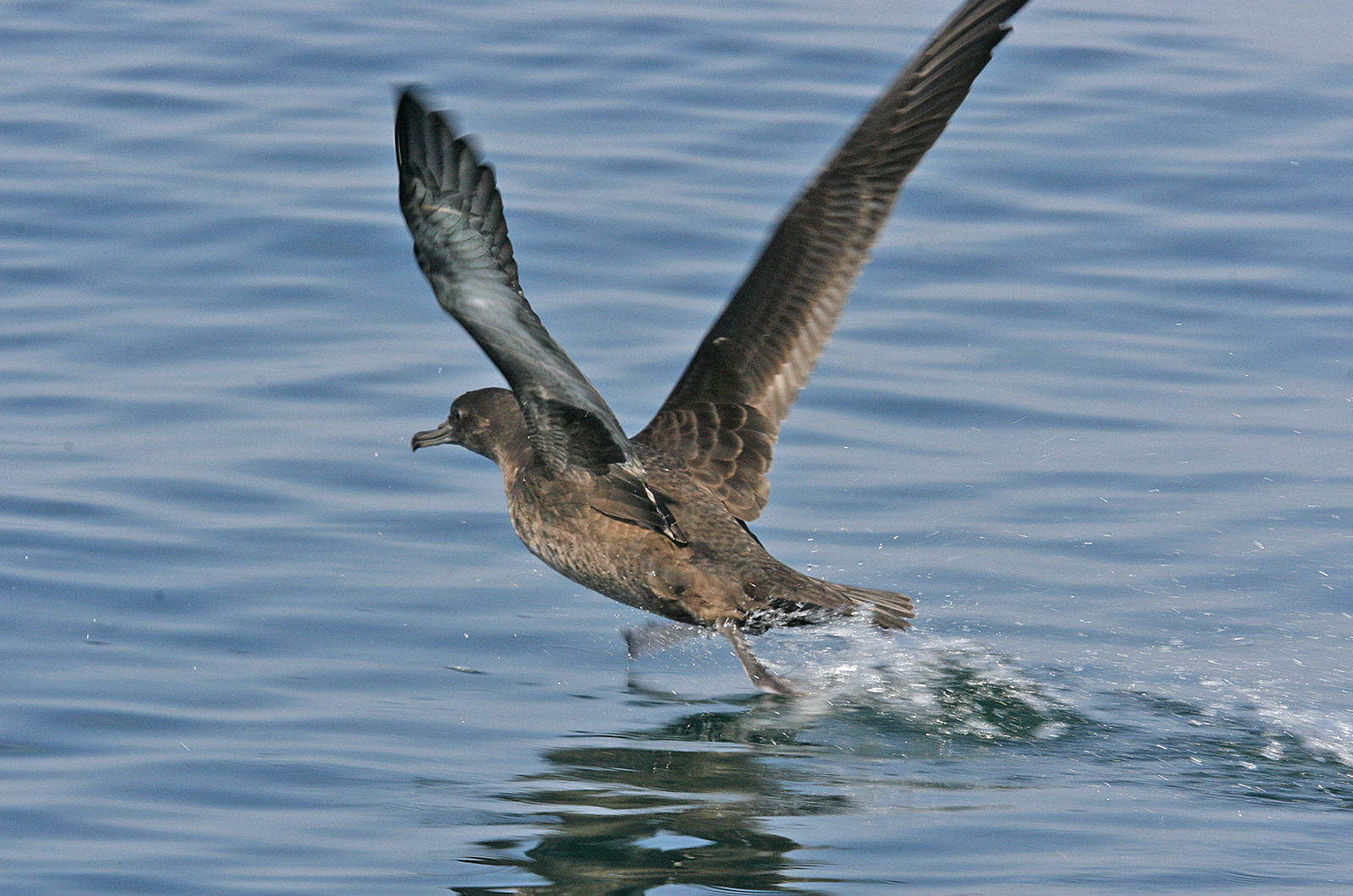
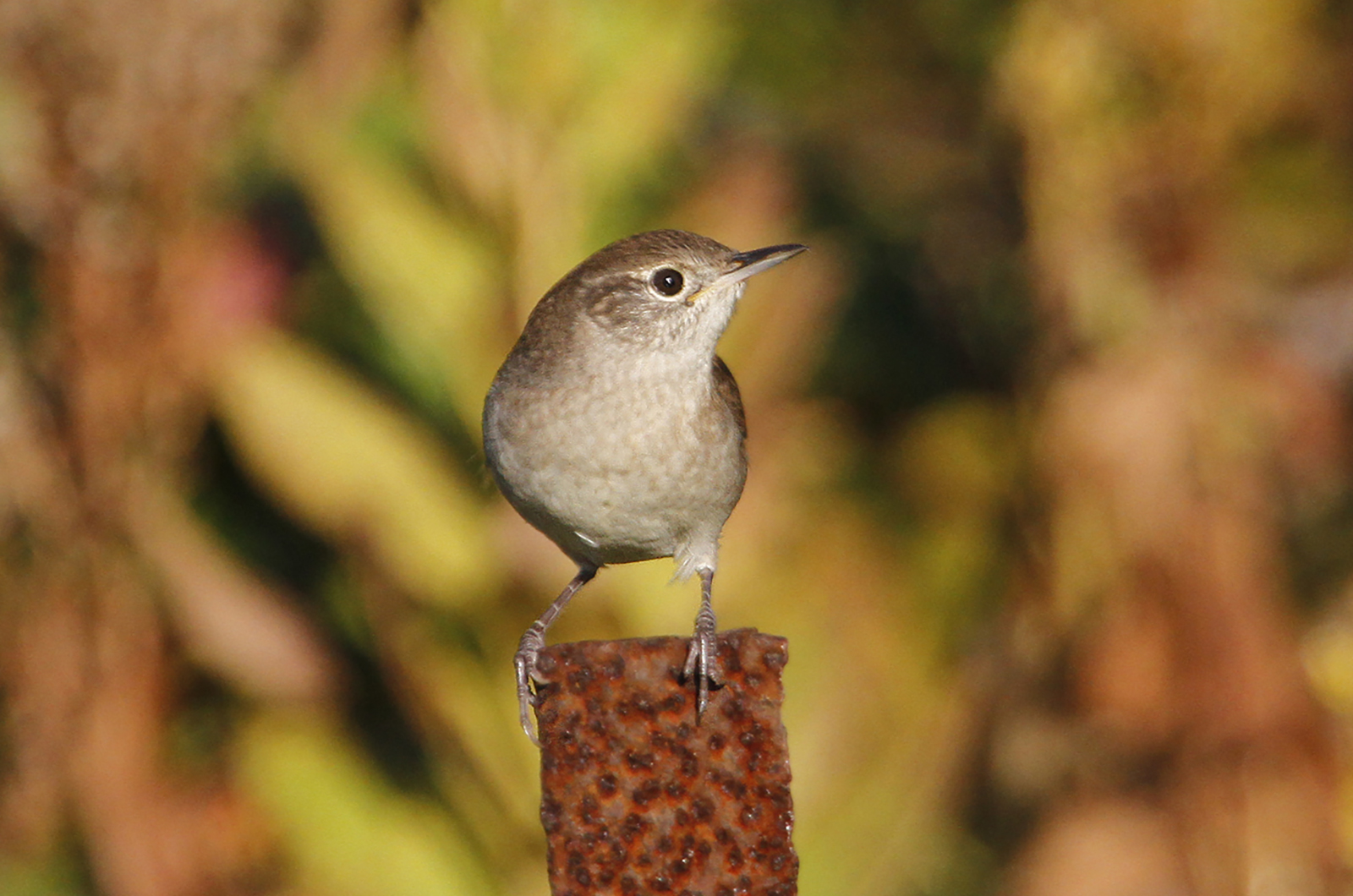
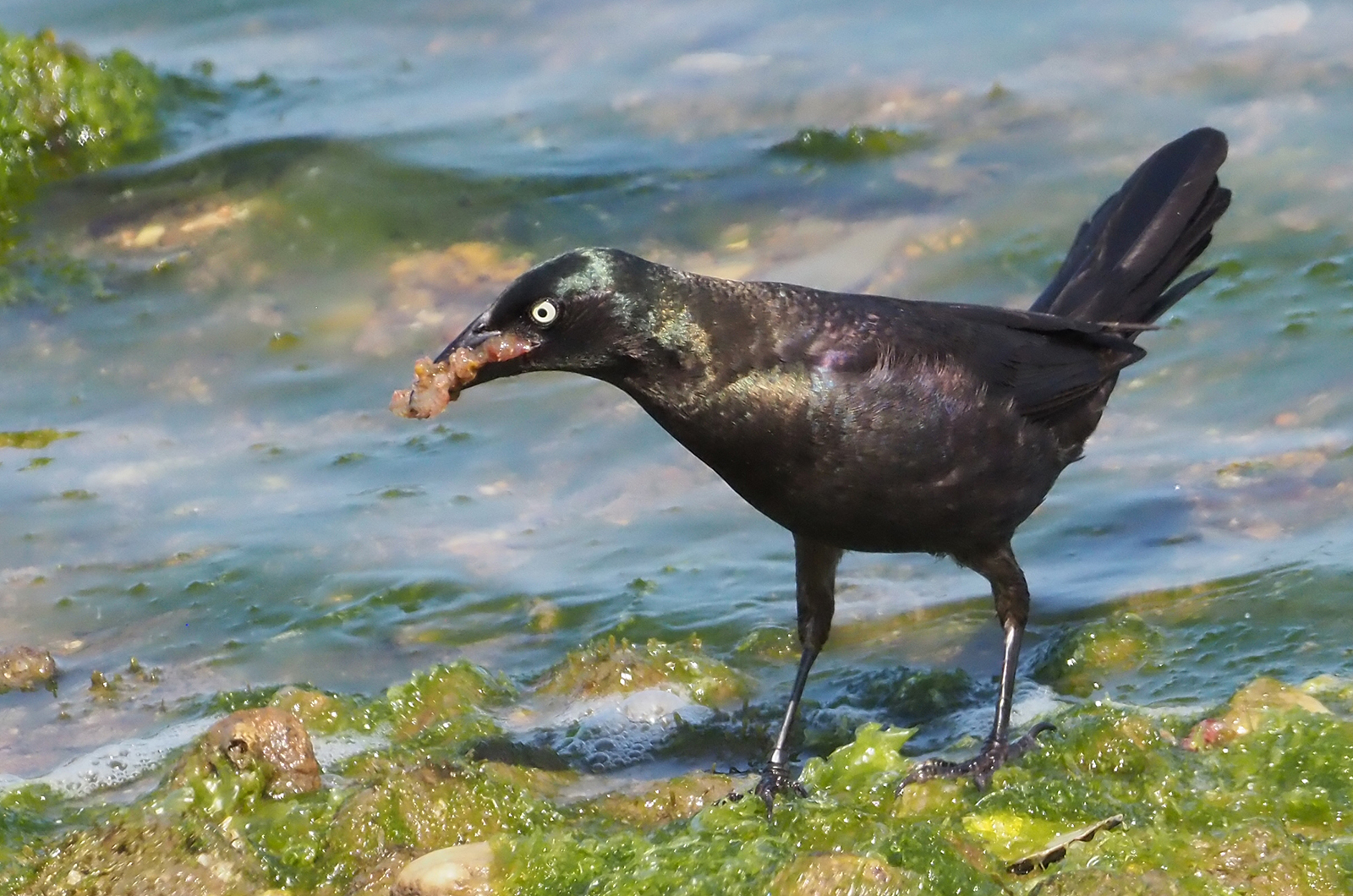
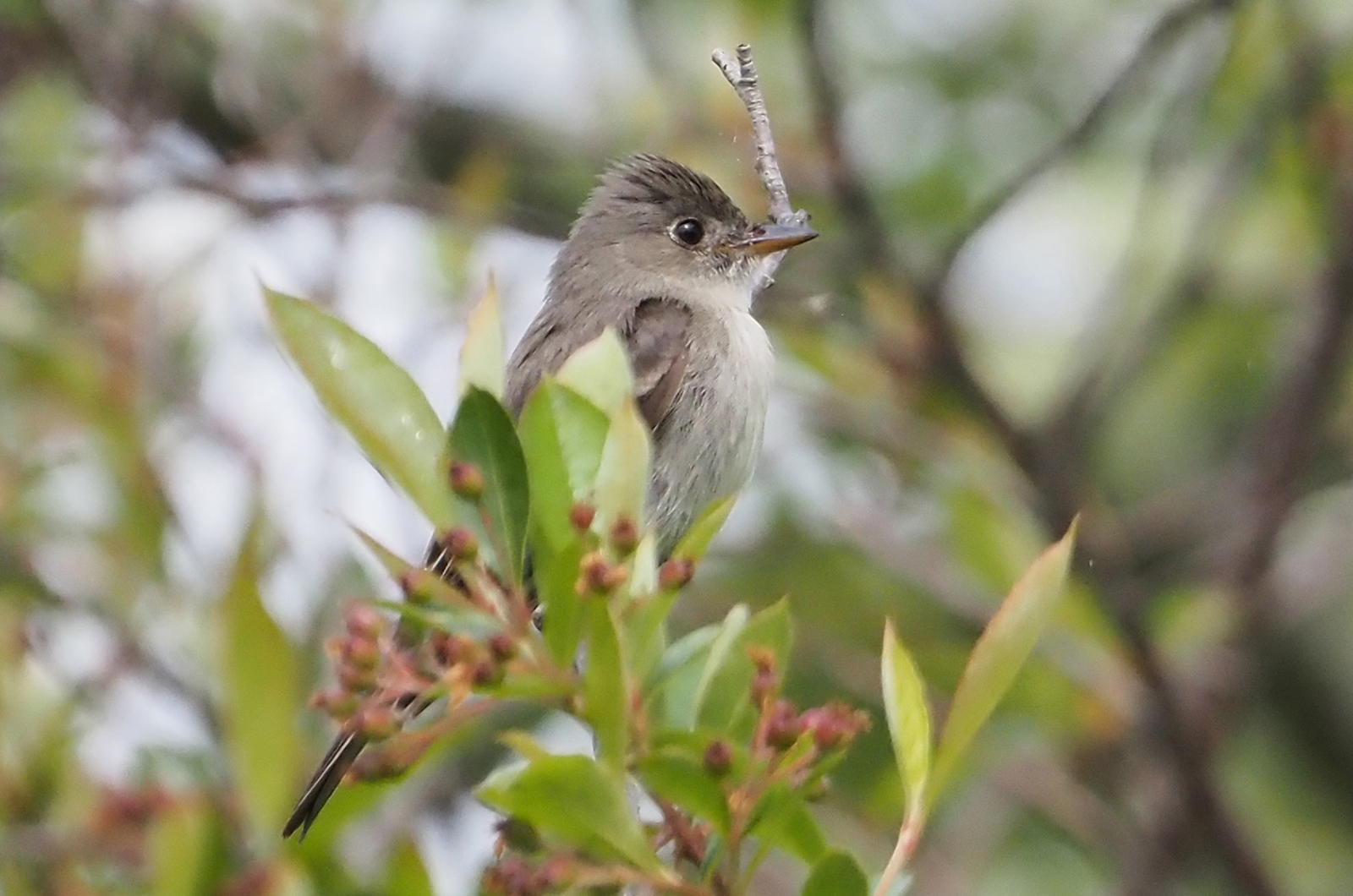
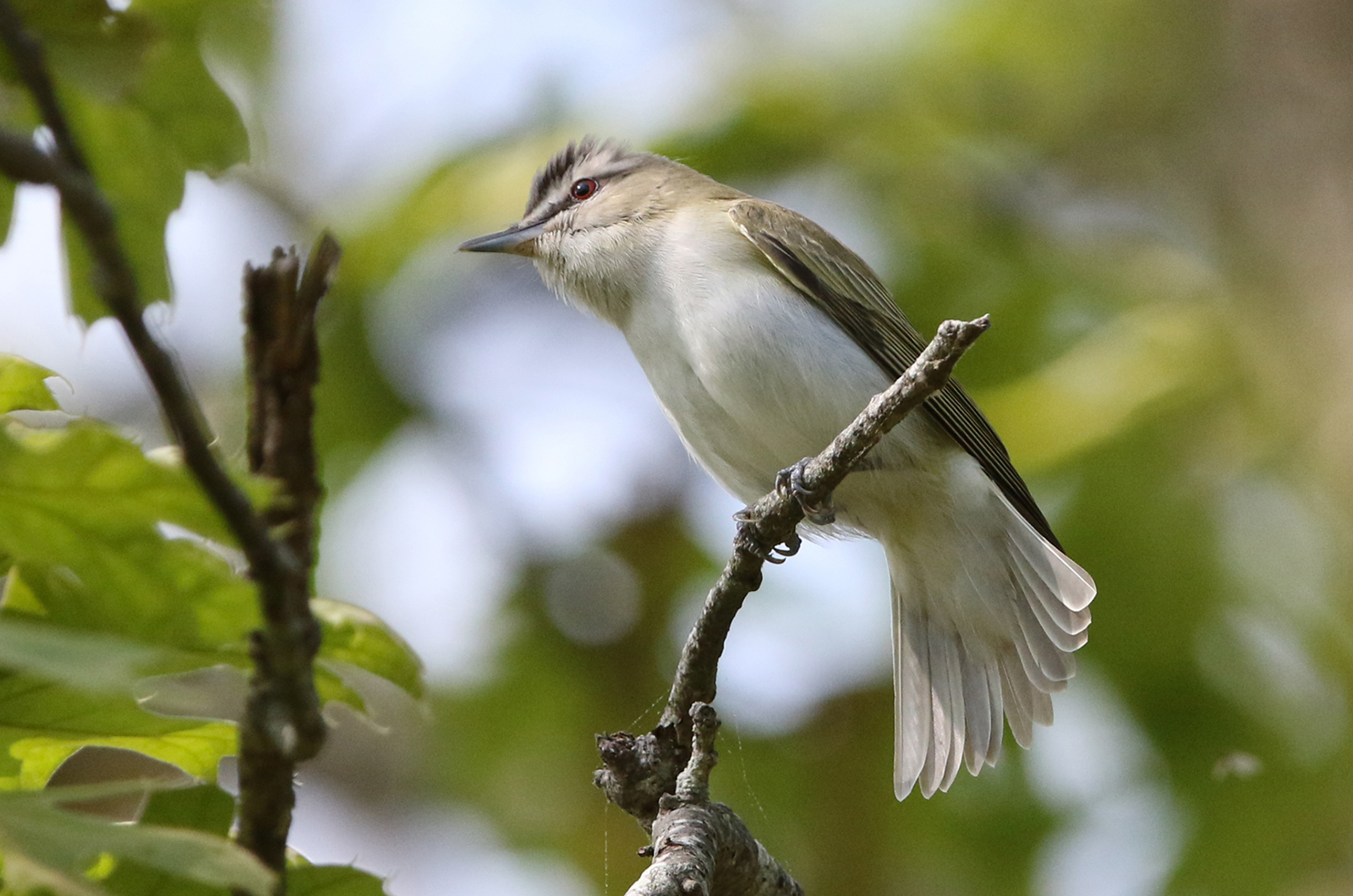


Comments
Comment policy »